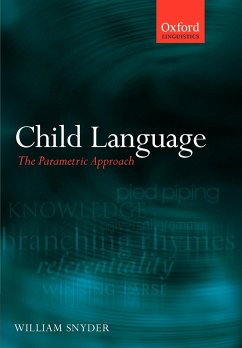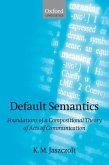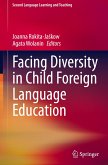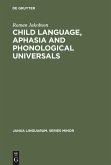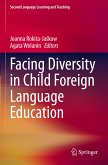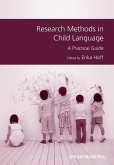This systematic presentation of the parametric approach to child language considers the nature of the information the child must acquire according to the various linguistic theories. In doing so it sets out in detail the practical aspects of acquisitional research, addresses the challenges of working with children of different ages and backgrounds, and shows how the resulting data can be used to test theories of grammatical variation. It presents studies of the
acquisition of syllable structure, empty categories, and wh-movement. The book is written for graduate students and advanced undergraduates taking courses on child language acquisition in linguistics, psychology, and cognitive science, and will be a useful reference for all researchers in child language
acquisition in whatever field. The data sets on which the book draws are freely available to students and researchers via a website maintained by the author.
This is a systematic presentation of the parametric approach to child language. Linguistic theory seeks to specify the range of grammars permitted by the human language faculty and thereby to specify the child's "hypothesis space" during language acquisition. Theories of language variation have central implications for the study of child language, and vice versa. Yet the acquisitional predictions of such theories are seldom tested against attested data. This book
aims to redress this neglect. It considers the nature of the information the child must acquire according to the various linguistic theories. In doing so it sets out in detail the practical aspects of acquisitional research, addresses the challenges of working with children of different ages, and shows
how the resulting data can be used to test theories of grammatical variation. Particular topics examined in depth include the acquisition of syllable structure, empty categories, and wh-movement. The data sets on which the book draws are freely available to students and researchers via a website maintained by the author.
The book is written for scholars and students of child language acquisition in linguistics, psychology, and cognitive science. It will be a valuable reference for researchers in child language acquisition in all fields.
acquisition of syllable structure, empty categories, and wh-movement. The book is written for graduate students and advanced undergraduates taking courses on child language acquisition in linguistics, psychology, and cognitive science, and will be a useful reference for all researchers in child language
acquisition in whatever field. The data sets on which the book draws are freely available to students and researchers via a website maintained by the author.
This is a systematic presentation of the parametric approach to child language. Linguistic theory seeks to specify the range of grammars permitted by the human language faculty and thereby to specify the child's "hypothesis space" during language acquisition. Theories of language variation have central implications for the study of child language, and vice versa. Yet the acquisitional predictions of such theories are seldom tested against attested data. This book
aims to redress this neglect. It considers the nature of the information the child must acquire according to the various linguistic theories. In doing so it sets out in detail the practical aspects of acquisitional research, addresses the challenges of working with children of different ages, and shows
how the resulting data can be used to test theories of grammatical variation. Particular topics examined in depth include the acquisition of syllable structure, empty categories, and wh-movement. The data sets on which the book draws are freely available to students and researchers via a website maintained by the author.
The book is written for scholars and students of child language acquisition in linguistics, psychology, and cognitive science. It will be a valuable reference for researchers in child language acquisition in all fields.

